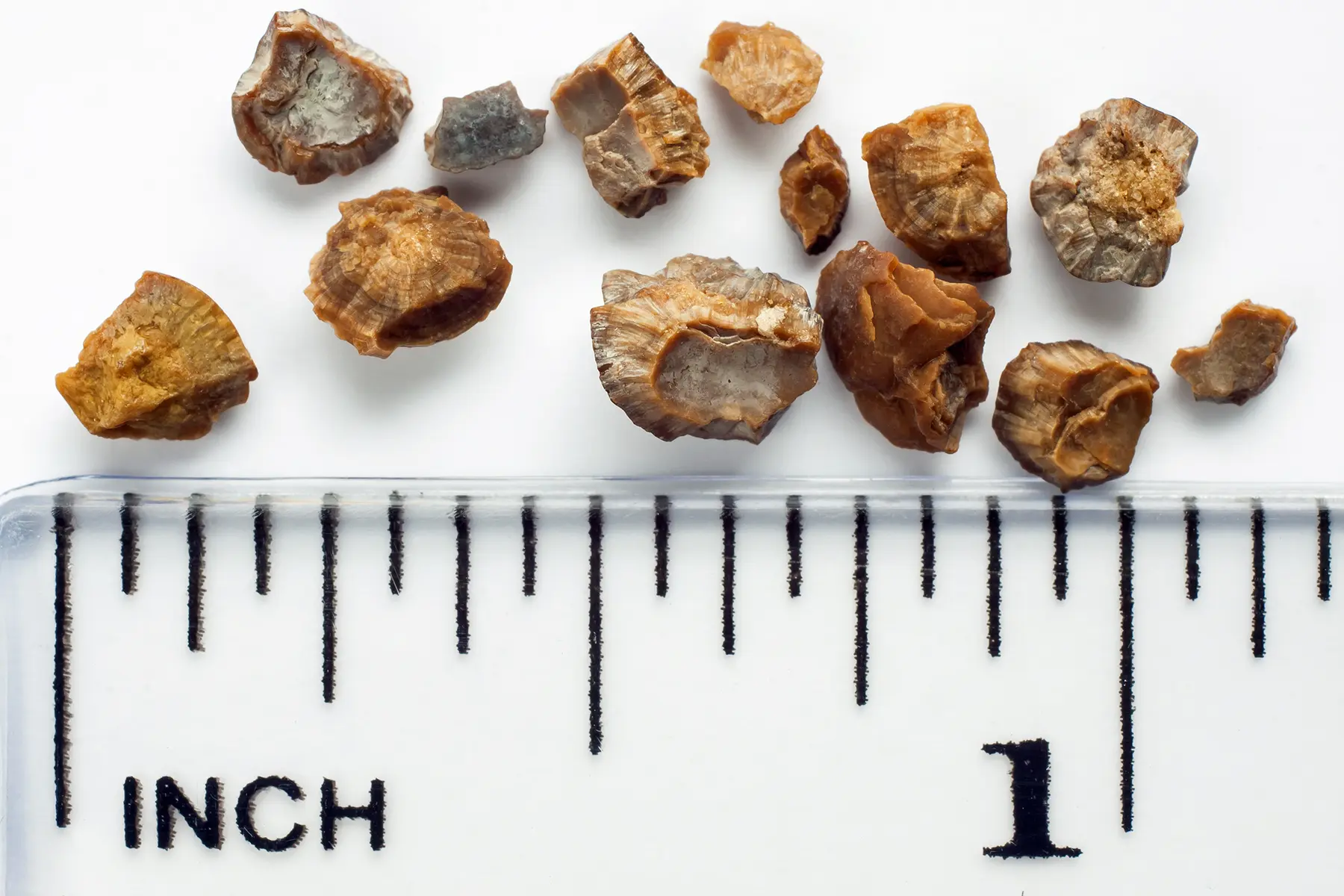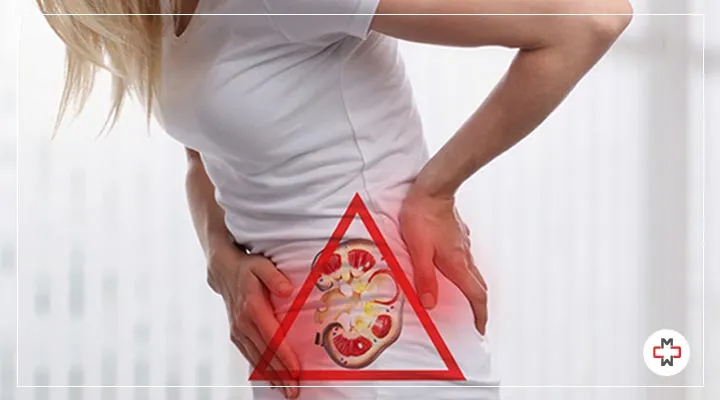Comprehending the Secret Differences In Between Kidney Stones and Urinary System System Infections: A Detailed Review for People
Recognizing the differences in between kidney stones and urinary system system infections (UTIs) is important for patients that may be experiencing similar signs yet face greatly different health and wellness difficulties. While both conditions can materialize discomfort in the lower abdominal area or back, their underlying causes, analysis techniques, and treatment procedures diverge dramatically. A nuanced understanding of these differences not only help in accurate self-assessment but additionally notifies conversations with healthcare providers. As we explore these important elements, it ends up being clear that acknowledging the distinct characteristics of each condition can exceptionally influence client outcomes. What could be the finest technique to resolving these differences?
Overview of Kidney Stones
The development of kidney stones, a usually incapacitating and agonizing condition, highlights the important importance of maintaining kidney health and wellness. Kidney stones, additionally called renal calculi, are solid masses that develop from crystals in the pee. These stones can differ in dimension from a grain of sand to a golf ball and can stay in any component of the urinary system. The key sorts of kidney stones include calcium oxalate, calcium phosphate, uric acid, struvite, and cystine stones, each with distinct causes and risk aspects.
A number of aspects add to the formation of kidney stones. Dehydration is a substantial risk, as insufficient fluid intake can cause focused pee, advertising crystal formation. Dietary practices, consisting of high salt and oxalate intake, can worsen the threat. Furthermore, metabolic conditions and specific medical problems may incline individuals to stone formation.
Symptoms of kidney stones can consist of serious flank hematuria, queasiness, and discomfort, which frequently prompt urgent clinical evaluation. Therapy options vary, ranging from raised fluid consumption and nutritional adjustments to medical treatments such as lithotripsy or surgical elimination, depending on the dimension and location of the stones. Comprehending these elements is crucial for reliable avoidance and management.
Overview of Urinary Tract Infections
Urinary system tract infections (UTIs) represent an usual yet considerable wellness issue, affecting millions of people yearly. These infections take place when bacteria enter the urinary system, which consists of the kidneys, ureters, bladder, and urethra. The majority of UTIs are brought on by Escherichia coli, a kind of microorganisms normally found in the gastrointestinal system. While UTIs can influence any person, they are specifically prevalent in ladies because of physiological differences that assist in microbial entrance.
The threat elements for creating a UTI consist of sex, certain types of contraception, urinary retention, and a background of previous infections. People with weakened pre-existing conditions or immune systems, such as diabetes mellitus, might additionally be at better danger. UTIs can be identified right into 2 major kinds: uncomplicated and difficult. Uncomplicated UTIs are typically limited to the bladder and are extra common in healthy and balanced individuals, while complex UTIs may involve the kidneys and happen in those with underlying health and wellness issues.
Trigger diagnosis and therapy are important to stop problems, such as reoccurring infections or kidney damage (Kidney Stones vs UTI). Typically, UTIs are treated with anti-biotics, and preventive measures can be used for those with regular occurrences
Usual Signs Contrast
Signs of urinary system hop over to these guys tract infections and kidney stones can often overlap, resulting in confusion in medical diagnosis. Both problems can offer with pain in the reduced abdominal area or back, however the nature and location of the discomfort frequently vary. In urinary tract infections (UTIs), patients usually experience a burning experience throughout urination, frequent prompts to urinate, and strong-smelling or cloudy urine. In comparison, kidney stones tend to create severe, acute pain that radiates from the back to the lower abdominal area and groin, frequently referred to as colicky discomfort.
In addition, UTIs may be gone along with by high temperature and chills, specifically in more extreme situations, while kidney stones can lead to nausea or vomiting and vomiting due to intense pain. While discomfort throughout urination is a trademark of UTIs, kidney stones normally provide with even more intense pain episodes, which may come and go.
Diagnosis Approaches
Just how can health care professionals accurately distinguish between kidney stones and urinary system infections? The diagnostic procedure starts with a comprehensive medical history and an in-depth testimonial of the client's signs. Clinicians typically execute a health examination, which may disclose tenderness in the abdominal area or flank area, directing the analysis path.
Lab examinations play an essential role in differentiating between these two conditions. Kidney Stones vs UTI. A urinalysis can determine the existence of blood, crystals, or microorganisms, which are indicative you could try this out of either problem. In instances of urinary system system infections, the urinalysis may show a significant presence of white blood cells and nitrites, while kidney stones may provide with specific crystals
Imaging studies, such as stomach ultrasound or computed tomography (CT) scans, are important for imagining kidney stones. These imaging methods make it possible for medical care companies to examine stone dimension, place, and prospective obstructions in the urinary system. In contrast, urinary system infections commonly do not call for imaging unless issues are believed.
Together, these analysis methods equip health care specialists to precisely identify and separate in between kidney stones and urinary system infections, ensuring that individuals get suitable care and administration.
Treatment Choices and Avoidance
While both kidney stones and urinary system tract infections (UTIs) need prompt treatment, their administration methods differ significantly.
The treatment for kidney stones often involves discomfort administration, hydration, and in some instances, medical procedures such as extracorporeal shock wave lithotripsy (ESWL) or ureteroscopy to break or remove down stones. Individuals are often recommended to enhance liquid consumption to help with stone flow and lower reappearance. Nutritional alterations may also be needed, relying on the stone kind.
On the other hand, UTIs are largely treated with antibiotics to get rid of the bacterial infection. The details antibiotic prescribed relies on the microorganisms determined and regional resistance patterns. Added steps, such as boosted liquid intake and urinary anesthetics, might assist ease signs.
Prevention techniques vary as well; for kidney stones, keeping appropriate hydration and sticking to dietary constraints can be efficient. For UTIs, precautionary methods include appropriate health practices, urinating after sexual intercourse, and perhaps preventative anti-biotics for frequent infections. Comprehending these therapy and prevention methods is important for effective monitoring and to reduce the risk of complications associated with both problems.
Final Thought

Comprehending the distinctions in between kidney stones and urinary system tract infections (UTIs) is important click here for more info for patients who may be experiencing comparable signs and symptoms yet deal with vastly various health difficulties. The primary types of kidney stones include calcium oxalate, calcium phosphate, uric acid, struvite, and cystine stones, each with distinctive causes and danger aspects.

Comments on “Exploring Kidney Stones vs UTI: A Clear Overview of Reasons, Signs And Symptoms, and Solutions”